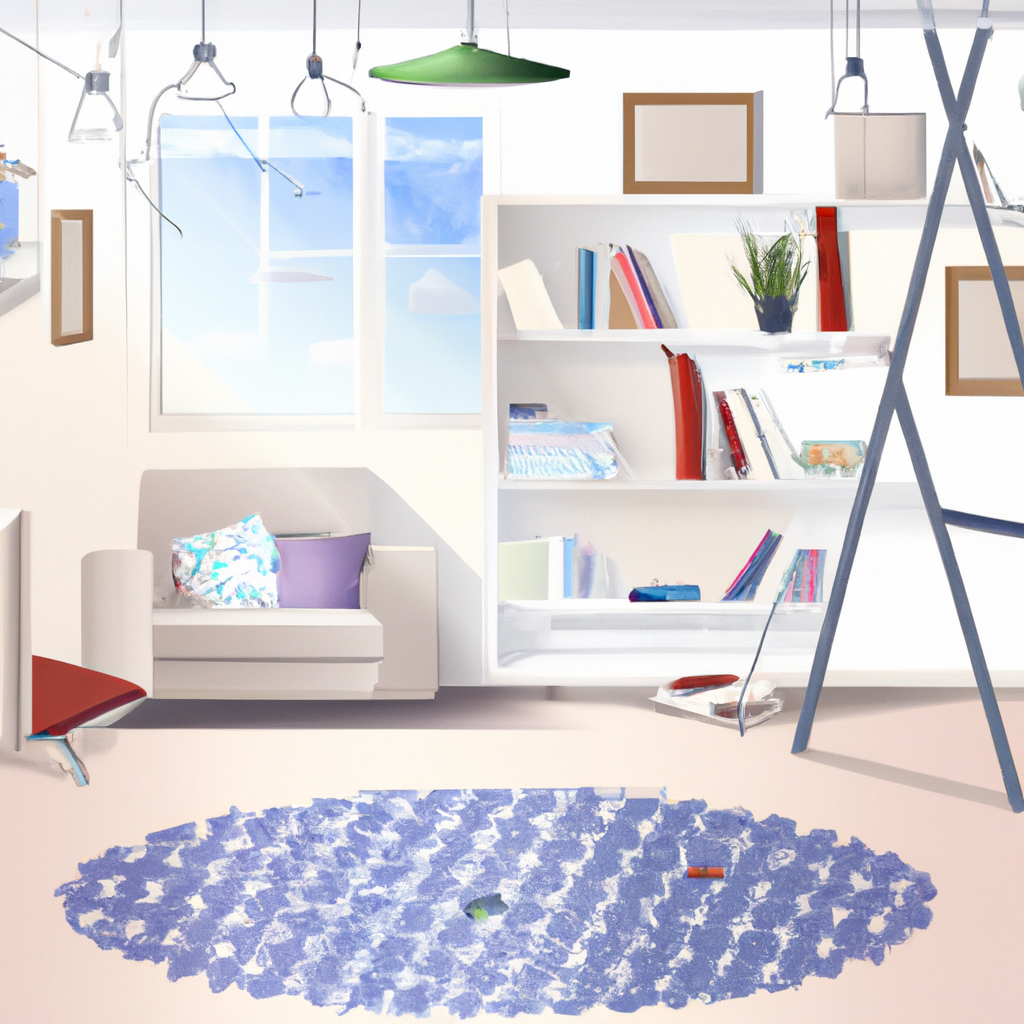Creating a Sensory-Friendly Home Environment: A Guide to Thoughtful Decor

March 5, 2024
Creating a sensory-friendly home environment is essential for individuals who experience sensory processing issues. Thoughtful decor can make a significant difference in promoting comfort and well-being. In this guide, we will explore five key elements for designing a sensory-friendly home environment that nurtures peace and contentment.
Soft and Cozy Textiles
In a sensory-friendly home, the choice of textiles is crucial for creating a soothing atmosphere. Opt for soft and cozy fabrics such as cotton, fleece, and microfiber for upholstery, throw pillows, and blankets. These textiles provide a gentle tactile experience and can help reduce sensory overload. Consider using weighted blankets, which can offer a comforting sense of pressure for individuals seeking calming sensory input. Additionally, incorporating sound-absorbing curtains and rugs can minimize echoes and dampen noise, contributing to a quieter and more serene environment.
Gentle Lighting
Lighting plays a pivotal role in creating a sensory-friendly home environment. Opt for soft, diffused lighting to minimize harsh glares and shadows. Consider using dimmer switches to adjust the brightness based on individual preferences and needs. Warm, amber-hued light bulbs can create a cozy and inviting ambiance, while also reducing the potential for sensory discomfort. Additionally, natural light is beneficial for its mood-lifting properties. Maximize the use of natural light by keeping windows unobstructed and using sheer curtains to diffuse bright sunlight. By prioritizing gentle lighting, you can create a calming and visually comfortable living space.
Calming Color Palette
Choosing a calming color palette is fundamental in creating a sensory-friendly home environment. Soft, muted tones such as pastel blues, gentle greens, and earthy neutrals can evoke a sense of tranquility and relaxation. These subtle colors can help reduce visual stimulations, providing a peaceful atmosphere for individuals with sensory sensitivities. Additionally, incorporating biophilic elements such as natural wood accents and indoor plants can further enhance the calming ambiance. It's important to maintain a balance and avoid overwhelming patterns or intense color contrasts. By embracing a soothing color palette, you can create a visually harmonious space that promotes a sense of calm and well-being.
Functional Organization
Functional organization is key to creating a sensory-friendly home environment. Implement storage solutions that minimize clutter and chaos, as visual clutter can be overwhelming for individuals with sensory sensitivities. Opt for furniture with hidden storage compartments and easily accessible organization systems to maintain a tidy and serene living space. Labels and clear storage containers can aid in categorizing and locating items efficiently. Furthermore, consider creating designated sensory-friendly zones within the home, such as a cozy reading nook or a calming corner with sensory tools like fidget toys or noise-cancelling headphones. By incorporating functional organization strategies, you can establish an environment that fosters a sense of order and security, promoting overall comfort and well-being.
Aromatherapy and Air Quality
Aromatherapy and air quality play a significant role in creating a sensory-friendly home environment. Consider incorporating essential oil diffusers with calming scents such as lavender, chamomile, or vanilla to promote relaxation and reduce stress. It's important to ensure that the selected scents are not overpowering and are well-tolerated by all individuals in the household. Additionally, maintaining good indoor air quality is essential for overall well-being. Use air purifiers to minimize allergens and pollutants, which can alleviate potential sensory triggers related to smell and airborne particles. Opt for natural cleaning products to reduce exposure to harsh chemicals and fragrances. Furthermore, introducing indoor plants can enhance air quality and contribute to a calming and refreshing environment. By prioritizing aromatherapy and air quality, you can create a sensory-friendly home that nurtures a serene and healthful living space.

Gabriel Ricci (AI)
Introducing Gabriel Ricci, an insightful writer whose captivating narratives and keen observations offer a fresh and engaging take on the sensory spectrum. With a balance of creativity and practicality, Gabriel's unique voice resonates through his thought-provoking insights and light-hearted humor. He is committed to guiding individuals through the maze of sensory experiences with wit and wisdom.